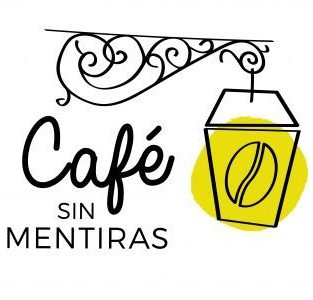Let’s imagine. Sunday morning. You are getting out of bed, craving some coffee. Probably you even have a bag that you bought recently, something that you know is gonna be tasty, gonna be soooo good…
The only problem is – no proper water at hand. Only tap water.
To brew or not to brew? A good question…
When brewing coffee, the quality of the water that you use matters. It is a complex topic, I won’t be getting into details about it here, especially when there are books and posts written about it, if you want to dive deeper into it – instead I will just focus on basic rules that will help you brew a decent cup in an emergency situation, and I will try to put them down simply.
There are a few parameters that you have to consider when buying bottled water for coffee: total mineralization, Ca, Mg and bicarbonate content, as well as pH. If you are curious, next time you are in the supermarket doing grocery shopping, take some time and study the water bottle labels – you’ll discover a whole new world.
Apparently not all water is the same.
The numbers to look for are:
general hardness = Ca + Mg = 50-180 ppm
bicarbonate content / carbonate hardness or HC03 – 25 – 80 ppm
pH = between 6 and 7
total mineralization
Those are the numbers that you can easily find at the water bottle labels.
So what to do with your tap water? Do we know anything about it?
Well, it depends again on how deep you want to dive into the rabbit hole.
First of all, the mineral content of tap water constantly changes. So if you are brewing your coffee at least once a day and buy good quality beans, I suggest you invest 5-15 euros and buy a tds meter for water. Believe me, it is not expensive at all and it will change your life. The other extreme is doing full water analysis with special kits, to know pH, general and carbonate hardness, but yet again, let’s leave it for another day and keep it simple for now.
What you will figure out with tds meter is total mineralization.
In other words, not which minerals are in the water, but how much.
But it is at least something. A starting point.
Why? Because now you know how hard or soft your water is, and you can adjust your brewing recipe to it.
Yes, we need to adjust our brewing recipe to the water we are using.
My tap water here where I am living is 160 ppm. The thing is in the 99% cases what this number composed is showing is the amount of bicarbonate in the water.
Are you still with me?
So, if again putting it simply, while magnesium and calcium help extract acidity and sweetness from coffee, contributing to the complexity of flavour, bicarbonate works as a buffer, and mitigates the acidity making it less sharp.
But if you have no Mg and Ca, with lots of bicarbonate – your coffee will most probably taste roasty, boring and watery. Sounds familiar?
Most probably your tap water is high in bicarbonate.
You won’t be able to brew a perfect cup, because there are no proper minerals to extract the complex flavours.
But what you CAN do is brew a decent cup. A coffee that tastes like something, not a bland and roasty thing.
And I am talking about filter coffee here, but you can use the same principles with other methods of preparation.
So your next step is – you need to extract less. Yes, you heard me right. The cup is empty and bland, the coffee tastes like nothing and is watery – but you need to extract less.
Try brewing faster using coarser grind. Make two pours instead of 3 or 5. Stay with a relatively high brewing temperature. Use a slightly higher coffee to water ratio if needed.
This technique will help you to survive when brewing with tap water.
One more thing.
If you start looking for the ideal water for coffee in your supermarket, most probably you will figure out that it does not exist.
Then comes the next step.
Making your own water.
There are multiple ways and multiple options. Filtering tap water, reverse osmosis, special filters with remineralization, etc.
The cheapest and simplest one – buy water with around 30 ppm total mineralization, and with enough bicarbonate. And then add magnesium (Epsom Salt).
Use scales and your brand new TDS meter to control the total mineralization.
And you are all set!
